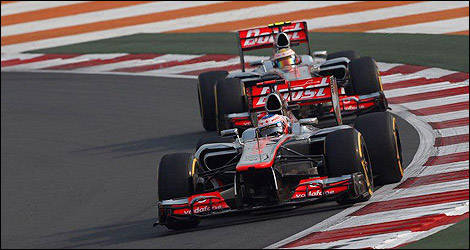
Carbon fiber was the material of choice, and a carbon-fiber monocoque taking over 3,000 hours per chassis was sculpted, locating the driver in the center of the cockpit for optimal visibility and weight distribution, with two bucket seats molded into the monocoque set behind the driver’s seat on either side. Unnecessary weight was stripped gram by gram, aerodynamic drag was minimized, and downforce was increased.

McLaren hand-picked the engineers to be assigned to the project and thoroughly analyzed every aspect of the proposed supercar design. It was in this same spirit that the McLaren F1 road car would be constructed-without compromise, rich with Formula 1 technology, and poised to completely redefine the sports car world.
/i.s3.glbimg.com/v1/AUTH_bc8228b6673f488aa253bbcb03c80ec5/internal_photos/bs/2021/c/W/BWHPHpQqe84DfRUlXJNw/gettyimages-1342433304.jpg)
McLaren had dominated the competition throughout the 1988 Formula 1 season with their carbon-fiber chassis MP4/4 race car with Ayrton Senna and Alain Prost at the wheel, winning 15 out of 16 races and setting a completely new standard on the track.


 0 kommentar(er)
0 kommentar(er)
